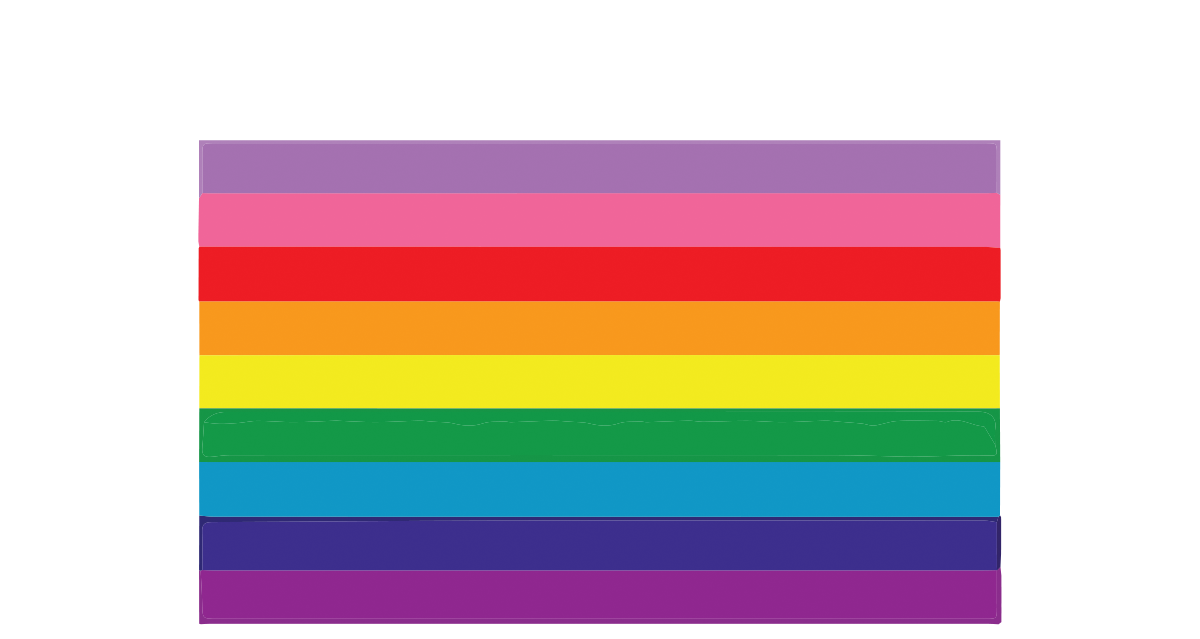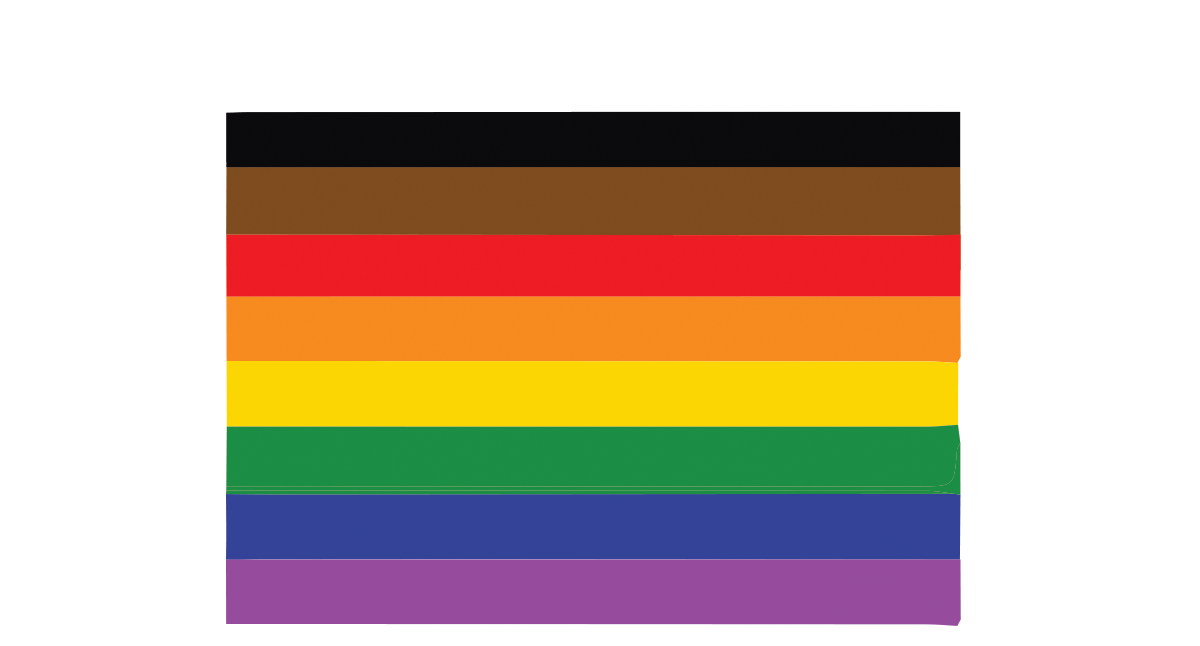pride flags were flown at the San Francisco Gay Freedom Day Parade. Until this point, the pink triangle had been used as a symbol for the LGBT community – despite its relation to an exceptionally dark chapter in the history of homosexuality. The flag was created by Gilbert Baker—an activist, drag queen, and artist—who described his rainbow-striped design as “something beautiful, something from us… it really fits our diversity in terms of race, gender, ages, all of those things
The LGBT rainbow flag represents lesbian, gay, bisexual, transgender, and queer (LGBT) and queer pride, as well as LGBT social movements. The colors of the LGBT pride flag, also known as the gay pride flag or LGBT pride flag, depict the LGBT community’s variety as well as the “spectrum” of human sexuality and gender.
The city of Philadelphia approved a redesigned version of the flag created by the marketing agency Tierney in June 2017, which adds black and brown stripes to the top of the traditional six-color flag to call attention to concerns affecting LGBT people of color. It was introduced as part of a citywide “More Color More Pride” campaign — and was borne of protest after several high-profile stories exposing racism in Philly’s Gayborhood. It was rapidly adopted around the world and gave representation to black and brown people in the LGBTQ community and their experiences. It is still frequently used; however, it has been built upon to be more inclusive of the transgender community just a few years later with the Pride Progress Flag.
Created by Daniel Quasar in 2018, the Pride Progress Flag features black and brown stripes to portray marginalized LGBTQ+ communities of color and baby blue, pink and white to incorporate the trans flag in its design. Daniel displaced the trans flag stripes and marginalized community stripes to the flag’s hoist, where they form a new arrow shape. The arrow leads to the right to confer forward movement while purposely being along the left edge, pointing to the fact that much progress still needs to be made.
The ever-changing Pride symbol has been revised again, and in 2021 designed by Daniel Quasar was updated to be even more inclusive – specifically of the intersex community. The latest version was created by intersex journalist and media figure Valentino Vecchietti. Intersex Equality Rights UK, an advocacy group, unveiled the flag in late May of 2021, and it has since gone viral on social media. In Vecchietti’s version, a purple circle overlaid over a yellow triangle has been added to the chevron on the left side of Quasar’s design, a nod to Australian Morgan Carpenter’s famous 2013 intersex flag.
Queer is an identity in and of itself that more and more people are choosing to identify with. It is a sort of label for those who don’t want to put themselves in a box. Often considered a movement, queer people are those who fall outside of and/or renounce the cultural norms around sexuality, gender identity, and/or gender expression. The word queer can mean different things to different people, but the most accepted definition is someone who is not cishet or someone with variant experiences with orientation, gender, and/or sex.
A demigender (from demi “half” + “gender”) is an umbrella term for nonbinary gender identities and denotes individuals who feel only a partial connection to a particular gender identity. The term covers demiboy and demigirl, along with a variety of other demi-gender identities.
More commonly used Drag Pride flag resulted from the Austin International Drag Festival (AIDF) 2016. It has a crown and stars along with three vertical stripes. Thankfully we also know what the drag pride flag colours mean:
Questioning is the act of figuring out what one’s gender, sexual orientation, romantic orientation, or any aspect of one’s identity is by investigating, educating, or exploring with it.

